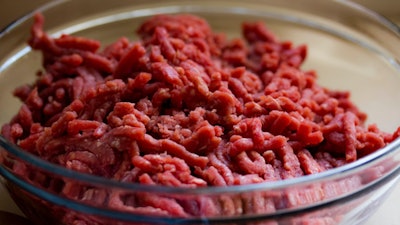
Quantzig’s latest report lists the top reasons behind the disruption of the U.S. meat supply chain.
The flimsy nature of the U.S. meat supply chain has been disclosed by the outbreak of the Coronavirus disease (COVID-19). The pandemic has already created havoc across industries, especially in the food and meat processing sector, where businesses are facing tough times in tackling challenges in ensuring an appropriate supply of meat to feed the population. Moreover the temporary closure of meat processing plants has further disrupted the meat supply chain causing severe shortages of meat and poultry across the United States.
According to Quantzig’s supply chain analytics experts, “The meat processing plants in the U.S. were already facing tremendous pressures due to the complex production environments and changing consumer demands. To stay ahead of competitors, the meat processing firms must focus on developing strategies for smart planning and ensuring customer loyalty.”
Key challenges facing the U.S. meat supply chain in 2020
The key challenges facing the U.S. meat supply chain in 2020 are:
1. Increase in SKUs. Most of the meat producers in the United States don't own their brand or label, but they supply products to retail brands that market the product with their brand name. All these retail brands require a customized packaging and choice of meat. Thus the variety of meat always ends up increasing the SKU count for the meat processor.
2. Perfect product mix. Just like every other business, retailers avoid revenue declines, which occur due to the gaps in inventory. Hence the retailer usually considers order fulfillment rates as the key factor in gauging the quality of relationship that they share with the meat producer. Which means that retailers never hesitate to change their meat supplier if the previous one fails to provide the desired product quality.
3. Lack of meat supply chain visibility. Inadequate cross-functional visibility of supply chain operations often results in unfulfilled orders and scarcity of raw materials. Most of the U.S. meat processors depend on spreadsheets that do not offer any real-time insights. Moreover a different spreadsheet for every operation makes it impossible for meat supply chain managers to have a unified data source. Since these meat products are highly perishable, meat supply chain managers need complete visibility on supply chain operations to make the right decision.

















